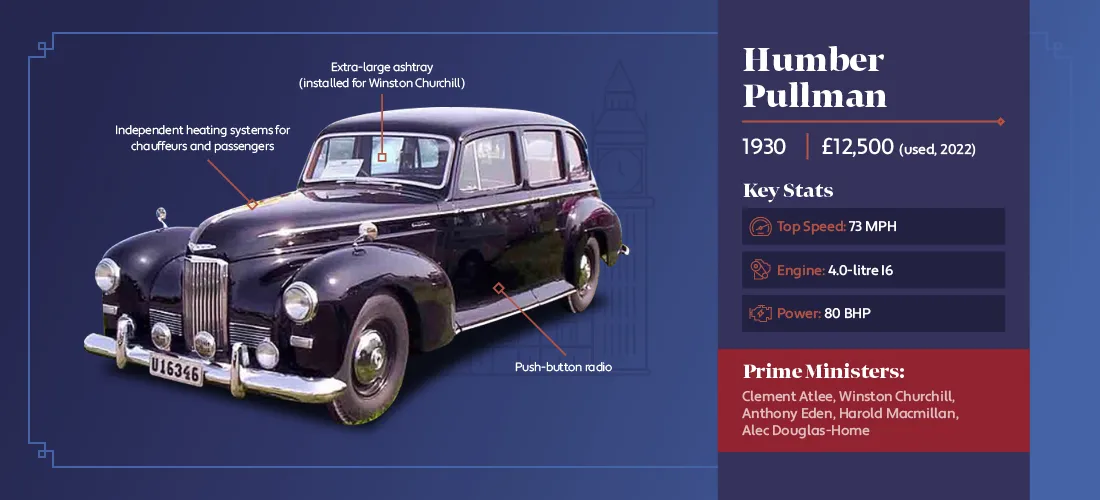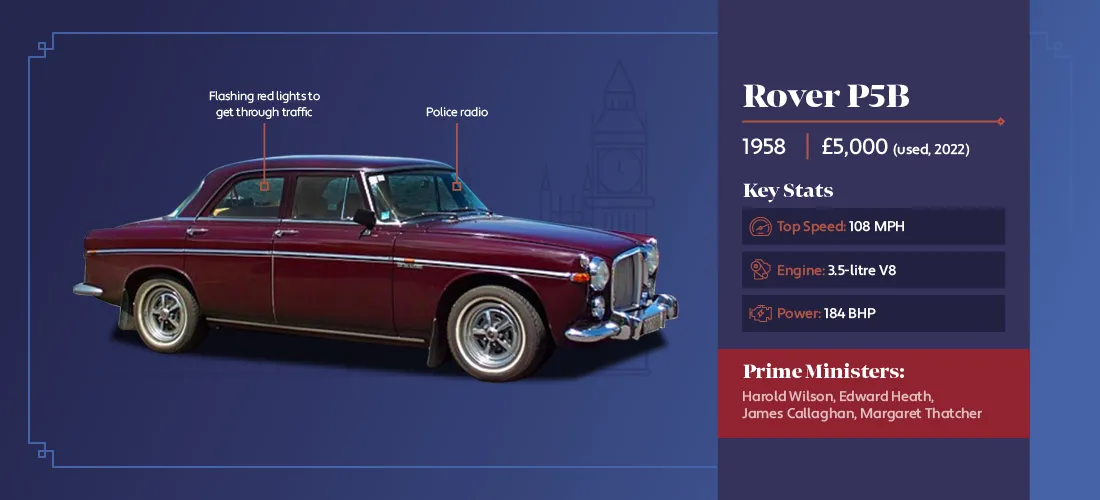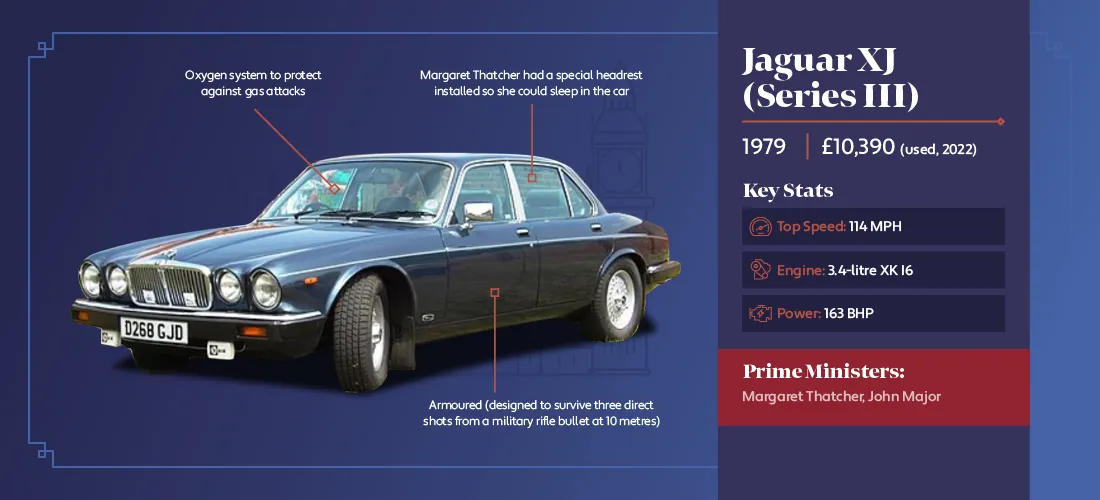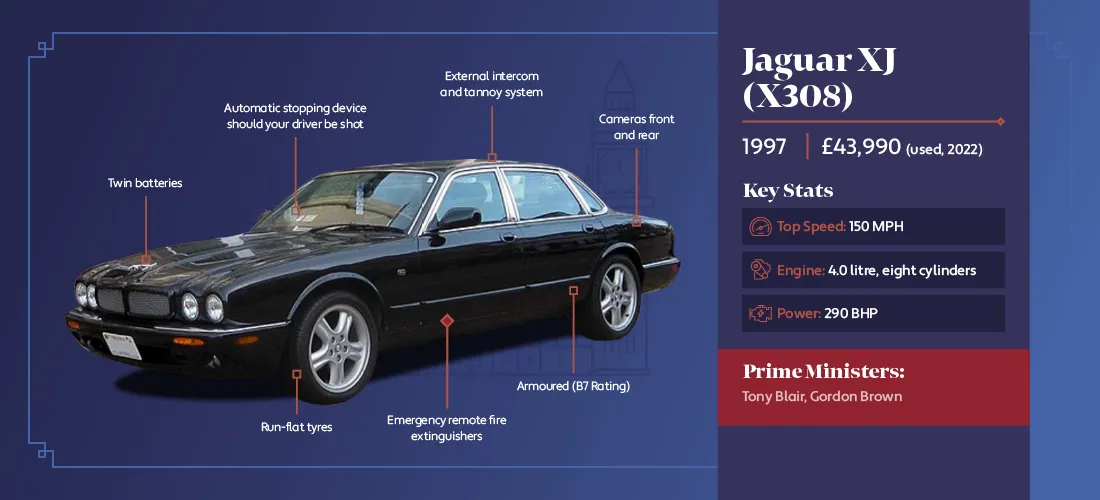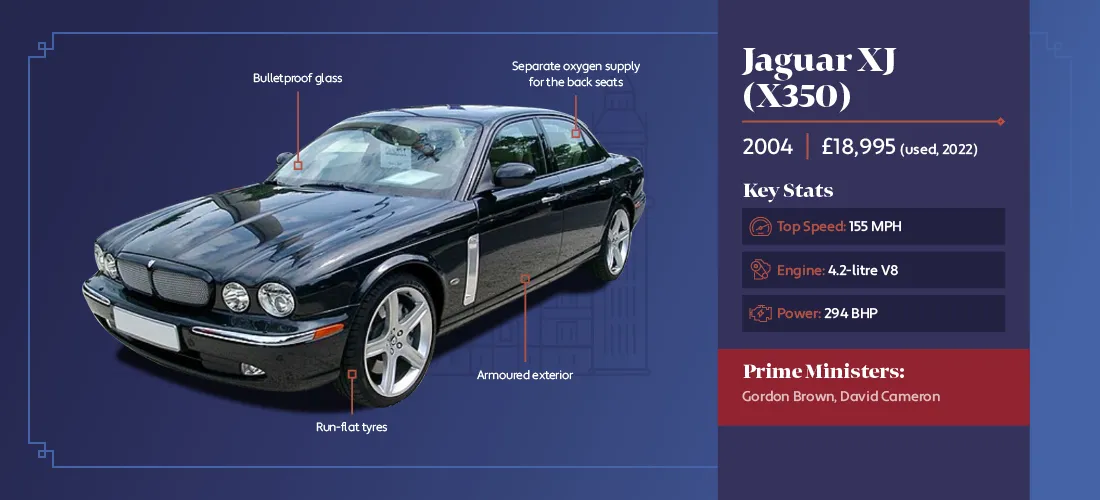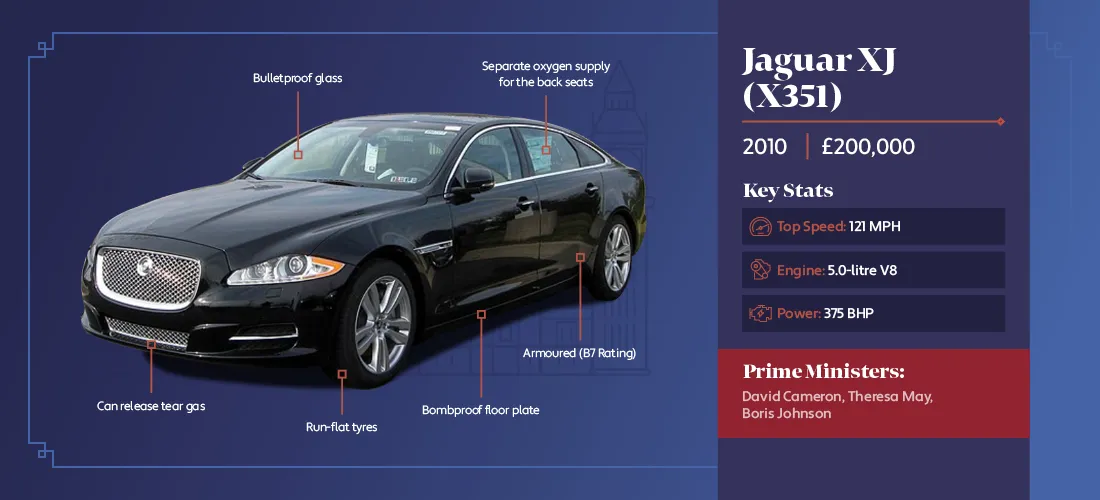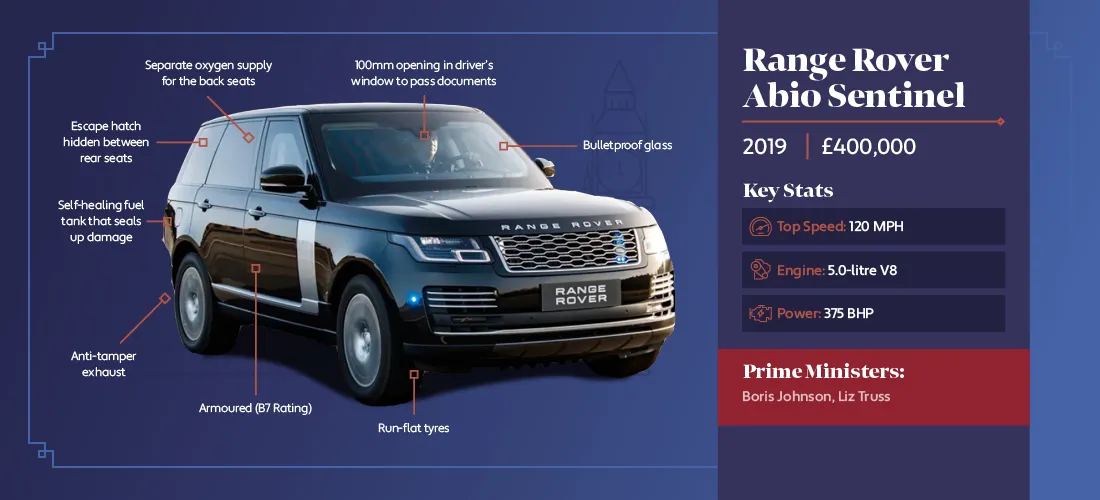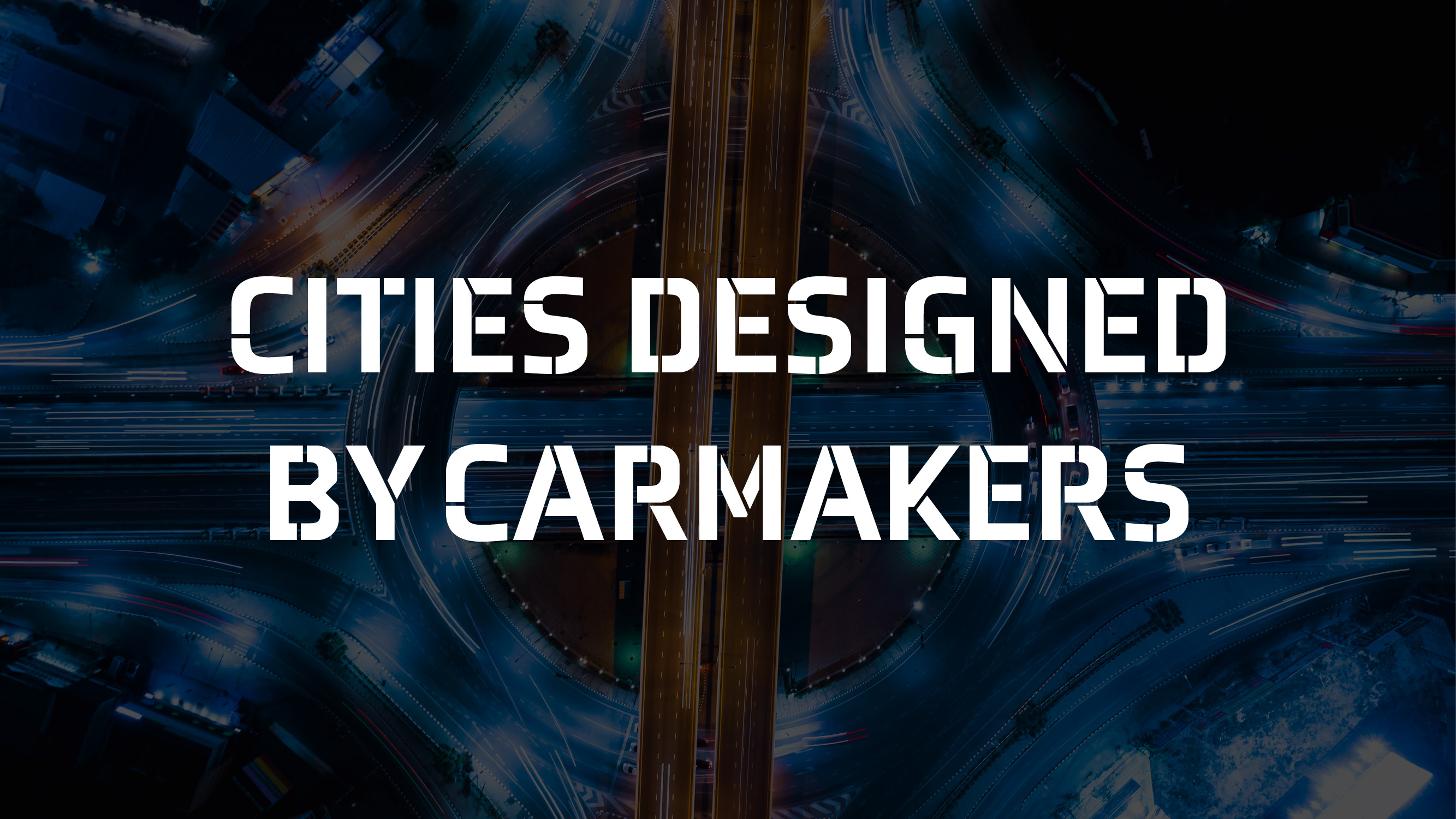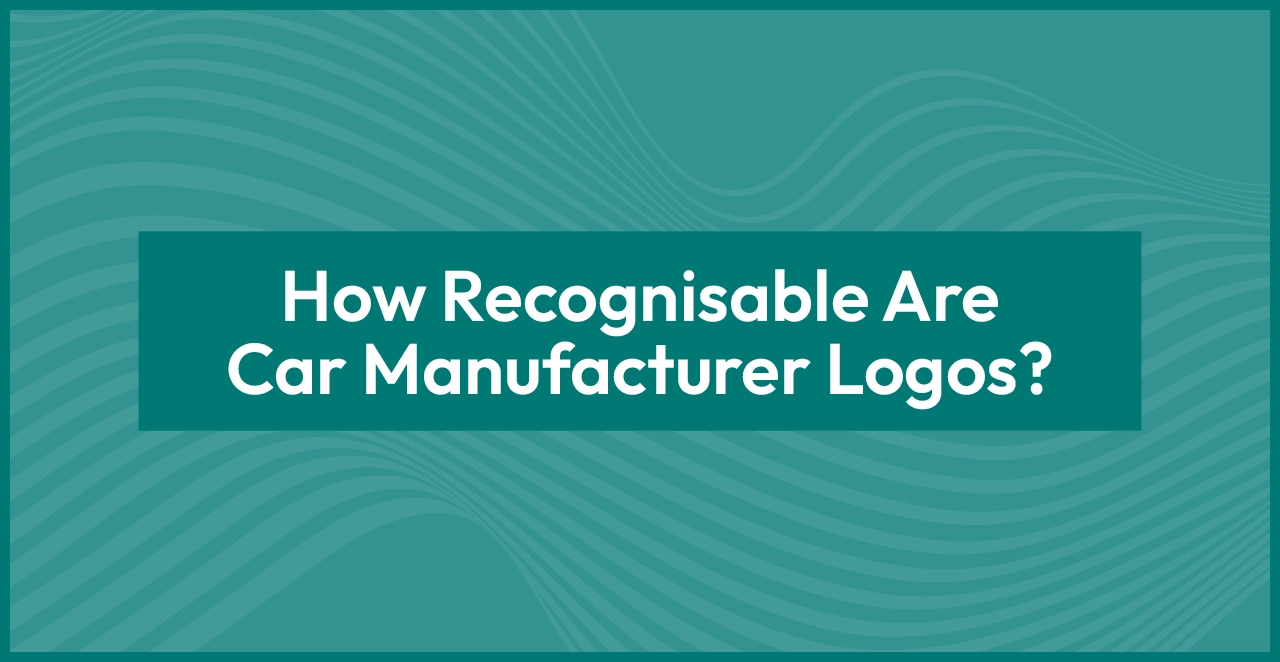Analysing The Cars Used By UK Prime Ministers Over The Years
In a year of three prime ministers (to date) and the ever-revolving door of 10 Downing Street, we thought it would be interesting to examine the one part of ministerial history that has remained consistent and reliable over the years: their cars.
When it comes to the vehicle used by the existing incumbent of Number 10, the UK government has always gone with a ‘buy British’ approach. Although, there have been rumours that the next car isn’t going to be British…
This began with the first official car of the prime pinister back during Clement Atlee’s tenure as the head of the British government, undergoing several changes and advancements in the eight decades since.
Humber Pullman – 1930 Release
Prime Ministers: Clement Atlee, Winston Churchill, Anthony Eden, Harold Macmillan, Alec Douglas-Home
We’re heading all the way back to before World War II to find the first of the government’s official vehicles, with the prime minister using a version of the Humber Pullman.
With an iconic design that suited the period, the Humber Pullman served five different prime ministers before it was eventually replaced in the 1960s.
Including special features such as a push-button radio and independent heating systems for the chauffeur and passengers, it was basic by modern standards but at the time was top of the range.
Winston Churchill even had an extra-large ashtray installed into the vehicle during his tenure as prime minister for his famous cigars.
The Humber Pullman was certainly not built for speed, peaking at 73mph, but was designed for practicality instead. The highest-ranking government official could travel to cabinet meetings and state visits in style and comfort before advancements meant it was no longer fit for purpose.
With a used price in 2022 of around £12,500, those who want a piece of history can do so for a fairly affordable price.
Rover P5B – 1958 Release
Prime Ministers: Harold Wilson, Edward Heath, James Callaghan, Margaret Thatcher
As the 1960s rolled around, the 1958 Rover P5B was chosen as the natural replacement for the Humber Pullman.
The Rover brand acted as a kind of middle ground, as options such as Rolls-Royce and Bentley were considered too flashy for the prime minister, who was looking to garner favour with the nation’s voters. Jaguars, at this stage, were thought to be too sporty and not befitting of the chief government official.
Harold Wilson introduced the P5B in his first run as prime minister, with the model staying the course through Edward Heath and James Callaghan’s runs in office, before being replaced by Margaret Thatcher.
The 70s was a tumultuous time in British politics, with the 1973 fuel crisis putting scrutiny on ministerial motors, while threats from organisations like the IRA meant homeland security needed to be the top priority. Industrial strike action also led to a brief period of supply problems for the Rover brand, meaning Harold Wilson had to travel in a five-year-old Vanden Plas Princess for a time.
Overall, the Rover P5B took major steps in advancement from its predecessor, the Humber Pullman, with a top-end speed increase to 108mph and a power jump of 104bhp to 184bhp.
Iconic features included a police radio for direct communication to the force, as well as flashing red lights to get through traffic, with a clear focus on security.
Margaret Thatcher’s model sold at auction for £36,000 in August 2022, which seems a modest price for a genuine prime minister’s vehicle.
Jaguar XJ (Series III) – 1979 Release
Prime Ministers: Margaret Thatcher, John Major
When Margaret Thatcher took her seat as leader in 1979, her official vehicle was the Rover P5B, but it was soon replaced. She made a switch to Jaguars, a change which would last up until Boris Johnson’s recent tenure in office.
Thatcher introduced the Jaguar XJ Series III, which had a top speed of 114mph, a 3.4-litre XK I6 engine and 163bhp.
It was decided in the 70s that all prime ministers should use an armoured vehicle due to rising terror threats, and the XJ Series III was designed to survive three direct shots from a military rifle bullet at ten metres.
There was also an oxygen system to protect against gas attacks, with this XJ model prioritising safety above all else. There was an element of comfort as well, though, as Thatcher had a special headrest installed so she could sleep in the car.
John Major also used this model in the early 90s before it was replaced by the XJ40.
Jaguar XJ (XJ40) – 1986 Release
Prime Ministers: John Major, Tony Blair
During his run as prime minister, John Major transitioned to using the XJ40 model, with Jaguar becoming synonymous with the UK government.
This model had plenty of personality, combining the style of the British Racing Green exterior with advanced security features like bulletproof glass and an oxygen supply for the back seats.
The XJ40 had a top speed of 136mph with a 4.0-litre engine. As with the models before it, the XJ40 was also armoured in case of any direct attacks.
After John Major was defeated by Tony Blair’s Labour in the 1997 general election, the XJ40 was front and centre on news coverage as Blair travelled to Buckingham Palace to meet The Queen.
Jaguar XJ (X308) – 1997 Release
Prime Ministers: Tony Blair, Gordon Brown
After becoming prime minister in 2007, Gordon Brown switched between the classic X308 and the following X350.
The X308 was in the public eye in a range of different colours during Gordon Brown’s premiership, including navy blue, silver and British Racing Green.
It had some exceptional special features, too, including emergency remote fire extinguishers, an external intercom system and cameras at the front and rear of the vehicle.
There was also an automatic stopping device installed should something untoward happen to the driver. Thankfully, this was never needed!
With a top speed of 150mph and a 4.0-litre, eight-cylinder engine, the X308 definitely packed a punch when compared to its predecessors.
An actual version of the X308 was sold at auction for a staggering £250,000, showing it was a popular model indeed. The used price in 2022 is also a large jump from the previous XJ40 model, with the X308 over £35,000 more expensive.
Jaguar XJ (X350) – 2004 Release
Prime Ministers: Gordon Brown, David Cameron
After winning the election in 2010, David Cameron arrived at 10 Downing Street in a silver XJ X350.
Once again armoured, it featured bulletproof glass in all windows, along with run-flat tyres and a separate oxygen supply for the back seats.
The top speed was slightly higher than the X308 model, with the X350 reaching 150mph flat out, powered by a 4.2-litre V8 engine peaking at 294bhp.
Jaguar’s XJ X350 model was not around for too long, though, as it was swiftly replaced by the upgraded X351 model by Cameron in May 2010.
Jaguar XJ (X351) – 2010 Release
Prime Ministers: David Cameron, Theresa May, Boris Johnson
Following its 2010 introduction, the X351 boasted some impressive stats, with a 5.0-litre petrol engine producing 375bhp and a top speed of 121mph.
The X351 remained the car of choice for prime ministers up until the Jaguar XJ models were no longer in production, with it also serving Theresa May and Boris Johnson.
It wasn’t without its fair share of action either, as one of the X351 models was involved in a crash in June 2020 after a protestor ran in front of Boris Johnson’s motorcade while the PM was inside the car.
There were plenty of special features introduced, too, such as a bombproof floor plate and the ability to release tear gas if needed.
It’s fair to say the X351 wasn’t cheap to maintain, however, with running costs amounting to more than £33,000 across a 12-month period.
Range Rover Abio Sentinel – 2019 Release
Prime Ministers: Boris Johnson, Liz Truss
After it became clear the XJ models needed to be replaced after falling out of production, another arm of the Jaguar Land Rover family was introduced in the form of Range Rover.
The Range Rover Abio Sentinel was the car of choice for Boris Johnson, with the vehicle boasting similar features to the Jaguar X351 and then some.
Security tech was developed even further here, with an anti-tamper exhaust, self-healing fuel tank and escape hatch hidden between the rear seats.
Many other details surrounding the Range Rover are classified, but it’s expected that the bodywork can withstand shots from 7.62mm high-velocity, armour-piercing rounds.
It’s fair to say that Liz Truss barely got any use out of the Range Rover in her ill-fated 45-day run as prime minister after replacing Johnson in September 2022, and it remains to be seen which car the next PM will use.
Which Car Could Be Next?
Reports have suggested that the government intends to replace British-built cars with an Audi A8 limousine model and veer away from the ‘buy British’ policy, causing a bit of a stir.
It’s currently unclear why a different model of Range Rover couldn’t be used, and the new prime minister, Rishi Sunak, could decide to revert back to type.
Are you looking for your next car? Check out our car leasing page to find your ideal vehicle.


